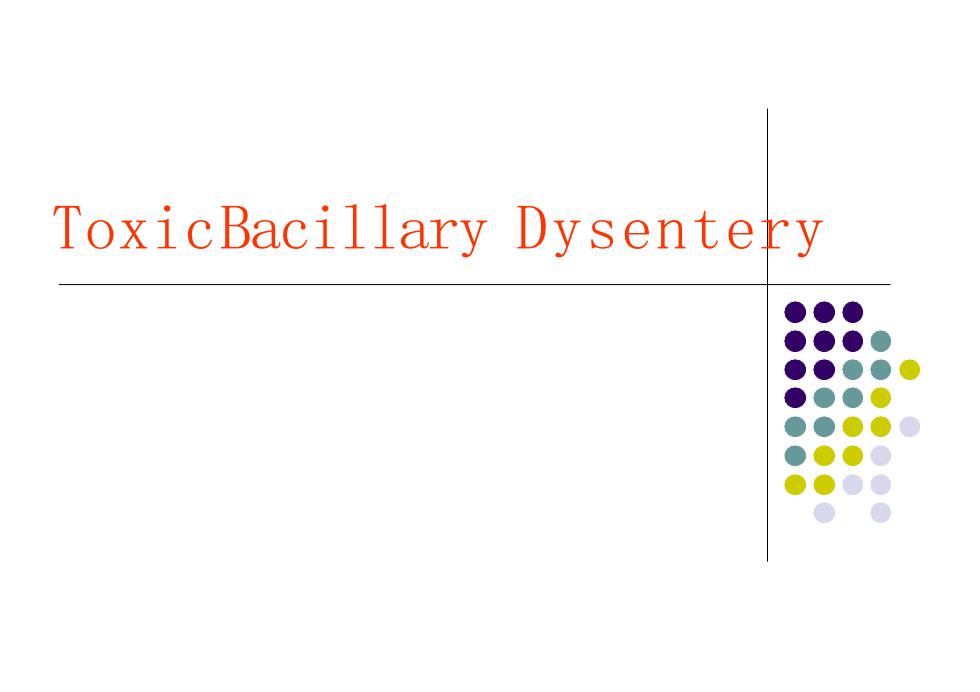
ToxicBacillary Dysentery
ToxicBacillary Dysentery
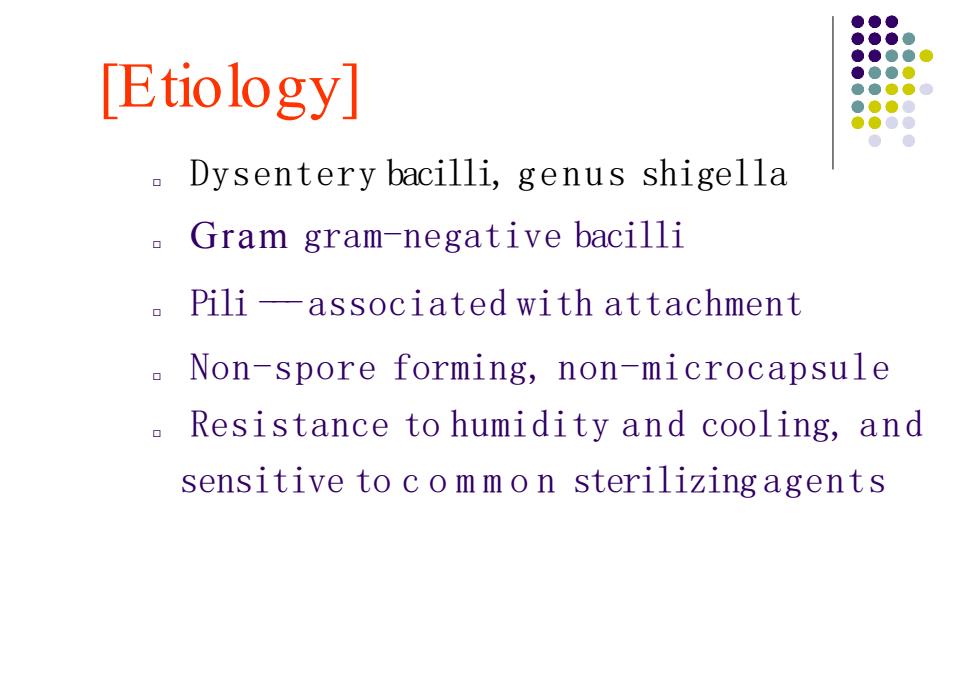
[Etiology]: Dysentery bacilli, genus shigella Gram gram-negative bacilli. Pili-associated with attachment Non-spore forming, non-microcapsule: Resistance tohumidity and cooling, andsensitive to common sterilizingagents
[Etiology] □ Dysentery bacilli, genus shigella □ Gram gram-negative bacilli □ Pili -associated with attachment □ Non-spore forming, non-microcapsule □ Resistance to humidity and cooling, and sensitive to common sterilizing agents
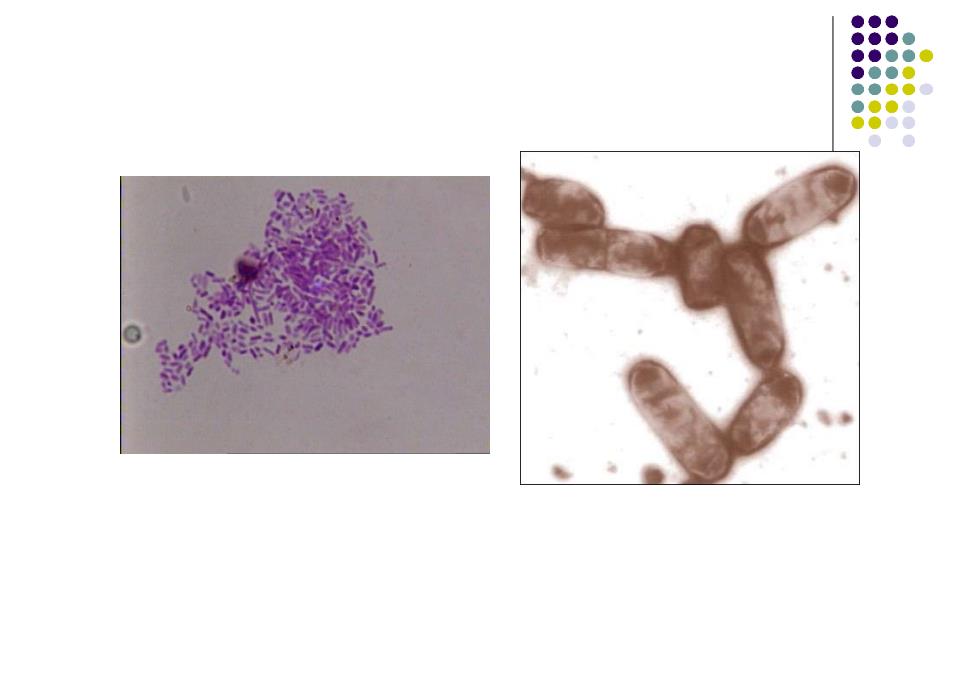
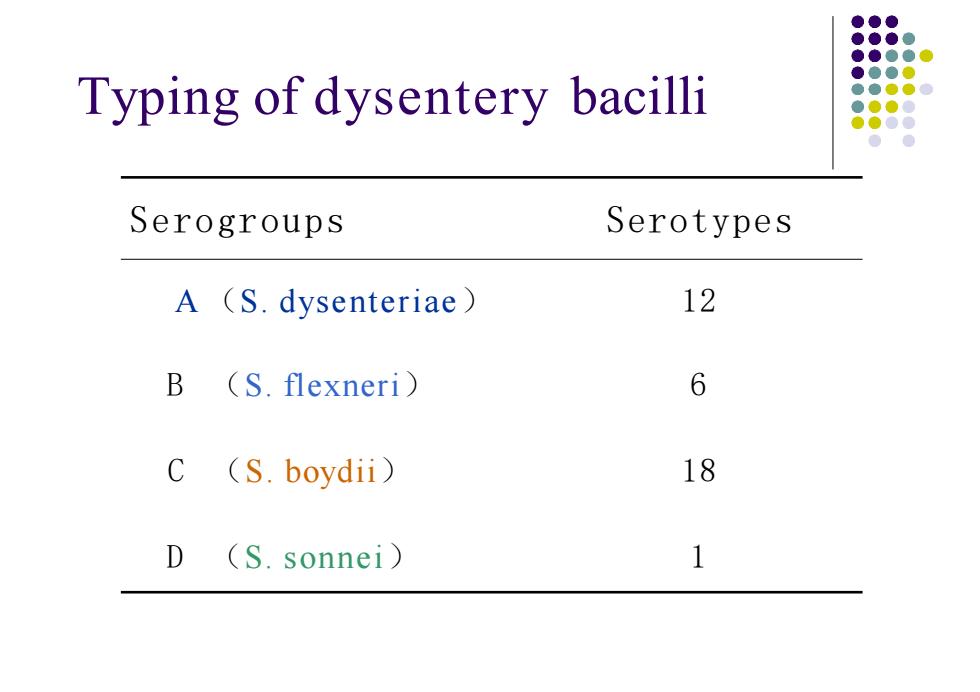
Typing of dysentery bacilliSerogroupsSerotypes12A (S.dysenteriae)6B(S. flexneri)C18(S. boydii)D1(S. sonnei)
Typing of dysentery bacilli Serogroups Serotypes A (S. dysenteriae) 12 B (S. flexneri) 6 C (S. boydii) 18 D (S. sonnei) 1
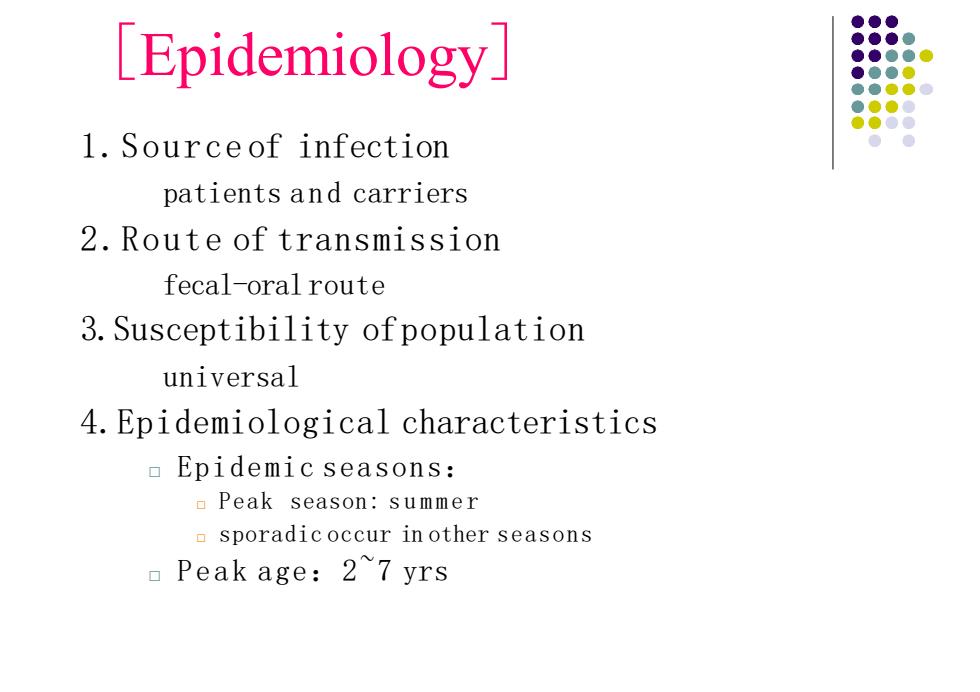
[Epidemiology.l.Sourceof infectionpatients and carriers2.Route of transmissionfecal-oralroute3.Susceptibility ofpopulationuniversal4.Epidemiological characteristics Epidemic seasons:Peak season:summer sporadicoccur inother seasons Peak age: 2~7 yrs
[Epidemiology] 1.Source of infection patients and carriers 2.Route of transmission fecal-oral route 3.Susceptibility ofpopulation universal 4.Epidemiological characteristics □ Epidemic seasons: □ Peak season: summer □ sporadic occur in other seasons □ Peak age:2~7 yrs